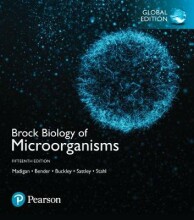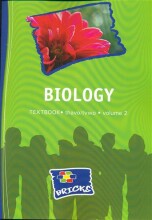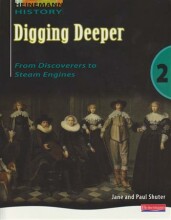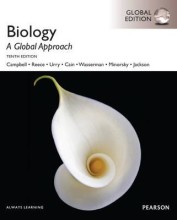Metabolic Pathway of Microorganisms - Photosynthesis and Chlorophylls
7 important questions on Metabolic Pathway of Microorganisms - Photosynthesis and Chlorophylls
Of which two distinct sets of reactions that operate in parallel is photoautotrophy comprised?
- Light reactions (produces ATP)
- Dark reactions (light-independent, reduces CO2 to cell material)
Where do dark reactions get their energy from for the reduction of CO2?
ATP, and electrons in the form of NADH or NADPH.
What is the electron donor for oxygenic photosynthesis and what is produced? For what is the electron used?
H2O is the electron donor and it's required for the reduction of NAD(P)H+. O2 is the product.
- Higher grades + faster learning
- Never study anything twice
- 100% sure, 100% understanding
What are reaction centers?
The complex macromolecular structures that participate directly in the reactions that lead to energy conservation. They are surrounded by antenna pigments.
What are antenna pigments?
Larger numbers of light-harvesting chlorophylls/bacteriochlorophylls that surround reaction centers. They function to absorb light and funnel some of the energy to the reaction center. They are also called light-harvesting pigments.
What are chromatophores and membrane stacks called lamellae?
Common membrane arrangements in purple bacteria for photosynthesis.
What is a chlorosome?
A photosynthetic membrane present in anoxygenic green sulfur bacteria, filamentous anoxygenic phototrophs and photosynthetic Acidobacteria. Light energy absorbed by their antenna pigments is transferred to bacteriochlorophyll a through the FMO protein.
Try our study magic for free
a PDF, study it super fast
- No sign up, email or credit card needed!
- AI makes unlimited flashcards
- Get unlimited quizzes and tests
- Ask AI anything
Create a notebook
- No sign up, email or credit card needed!
- Have and keep perfect overview
- Make flashcards, notes and mind maps
- Review, test and score!
The question on the page originate from the summary of the following study material:
- A unique study and practice tool
- Never study anything twice again
- Get the grades you hope for
- 100% sure, 100% understanding
Remember faster, study better. Scientifically proven.
































